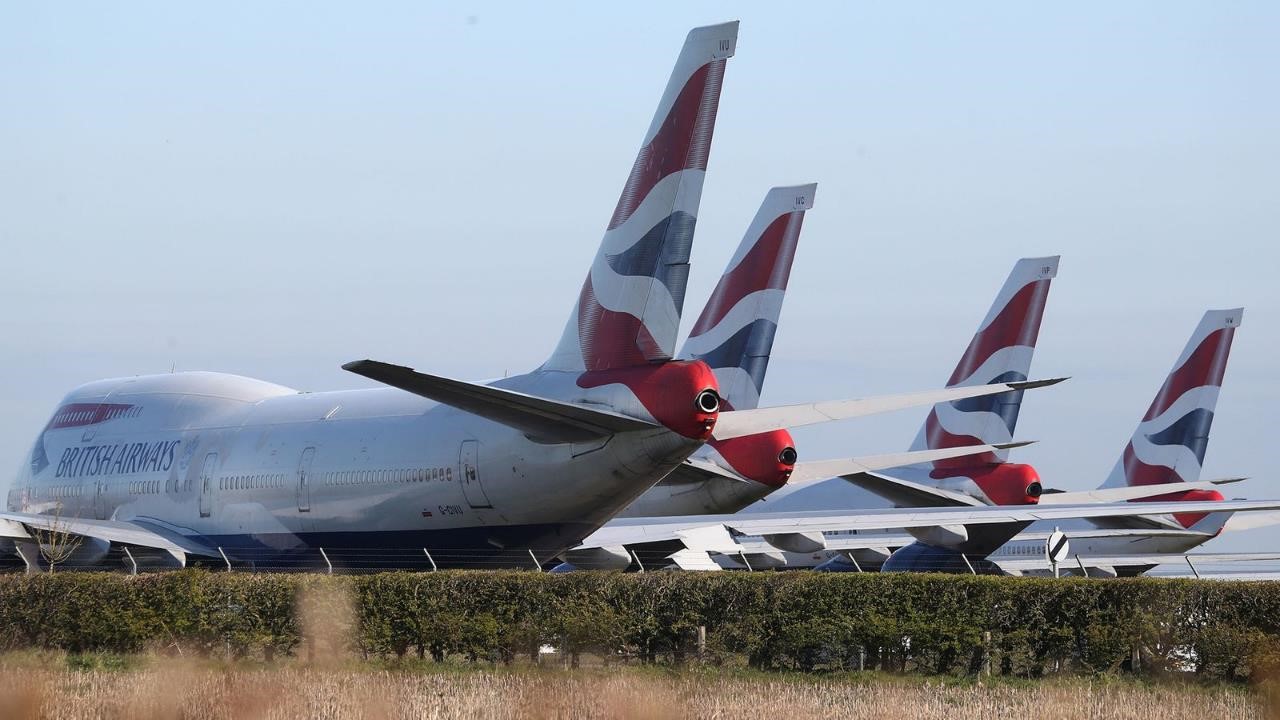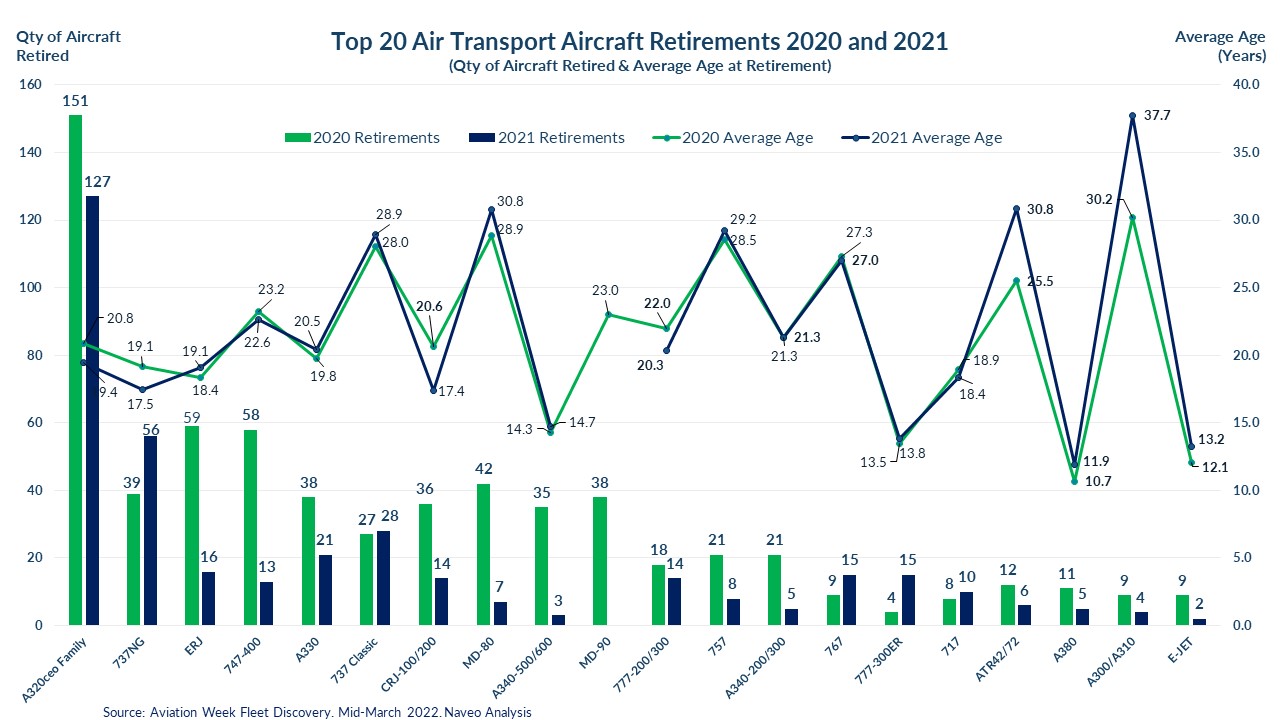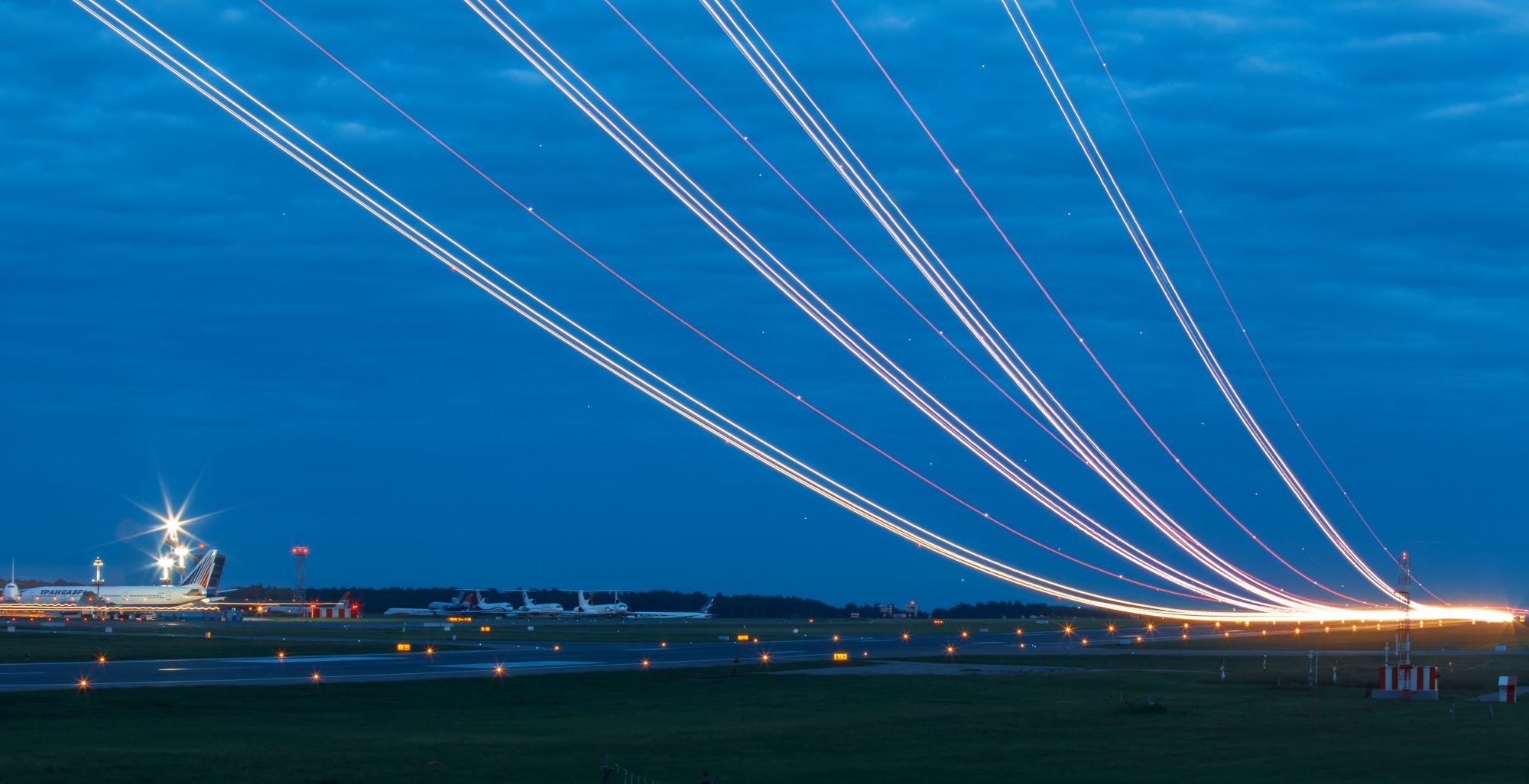The air transport aircraft retirement tsunami that was expected has, so far, failed to materialize. 2021 saw the lowest official retirements since 2007, with only ~429 aircraft being recognized as being officially retired from service.
Why? Parking and long-term storage are relatively cheap. Airlines and lessors prefer to wait and see how traffic (and residual values) recover. There’s no point retiring an aircraft if there’s a chance it could come back into service or selling it for part-out at a later date, when demand for MRO is higher, which may yield higher asset prices.
~429 air transport aircraft retired in 2021. Some aircraft described as “parked/stored” will likely already have been retired, so the total number will likely increase. It takes time for the data to catch up to the on-the-ground reality. 2021 retirements were below the 20 year average of ~624 retirements per year. But, 2021 numbers are way lower than was expected. This means that there hasn’t been a flood of USM to compete with OEM spares, and this also helps USM pricing of existing inventory.
As a % of the active fleet, retirements have typically hovered between 1.7% and 3.4%. The average has been 2.5%. The rate in 2021 was 1.5%. So far, as of Mid-March 2022, ~65 aircraft have been officially retired.
If fuel prices remain high (it’s been the highest we’ve seen since 2008), we expect this to put pressure on aircraft retirements as it did back in 2008. So far, ~65 aircraft have been retired in 2022.
We do forecast retirements will increase in the coming years (many older aircraft are due for retirement), but the numbers depend upon the pace of the recovery, fuel price, new aircraft production issues being addressed, etc.
Below are the top 20 aircraft families that were retired in 2020/2021. The average age of the ~738 aircraft retired in 2020 was 23.12 years. For the 429 retired in 2021, the average age was similar at ~23.09 years.
The 19 777-300ERs retired in 2020/2021 had an average age of only 13.8 years. The 16 A380s retired had an average age of 11 years. The 11 E-Jets retired had an average age of 12.3 years. Many of these aircraft were purchased by Private Equity-backed USM providers for teardown, engine green time leasing, and part reclamation.
However, as can be seen, there were some older aircraft retired (e.g., MD80s with an average age of 28.9/30.8 years) and 737 Classics (28.0/28.9 years).
There were also a smaller number of younger aircraft that retired prematurely compared to the expected economic life when they rolled off the production line.
Of the 95 737NGs retired in 2020/2021, 68 were 737-600/700s, smaller aircraft and less popular than the larger 737-800s. These aircraft were typically harvested for their engines and components (common to larger 737NGs).
Of the 278 A320ceo family retired in 2020/2021, 117 were the smaller A318/A319, and 137 were A320-200s.


